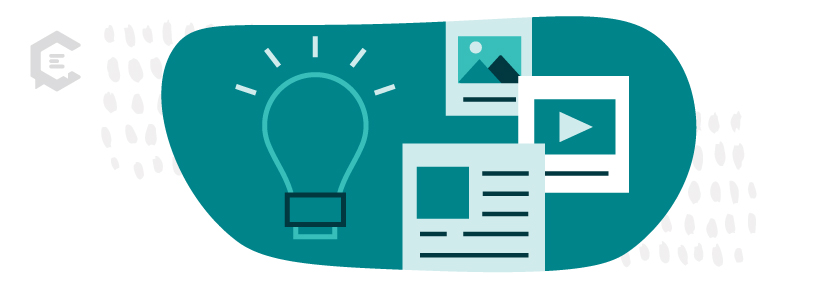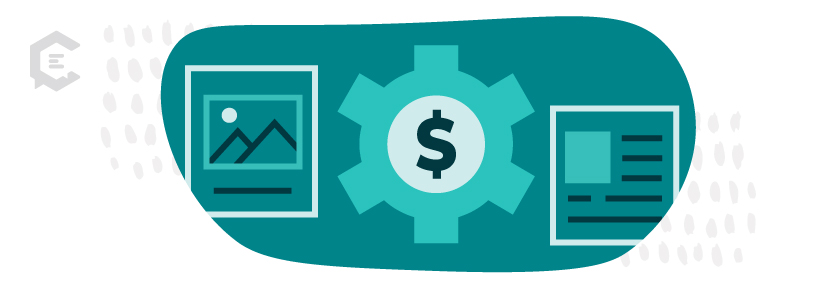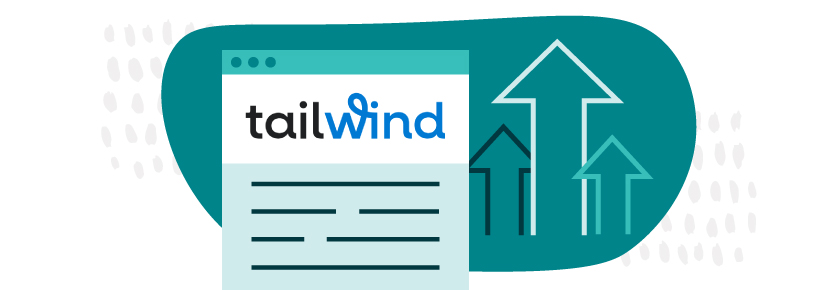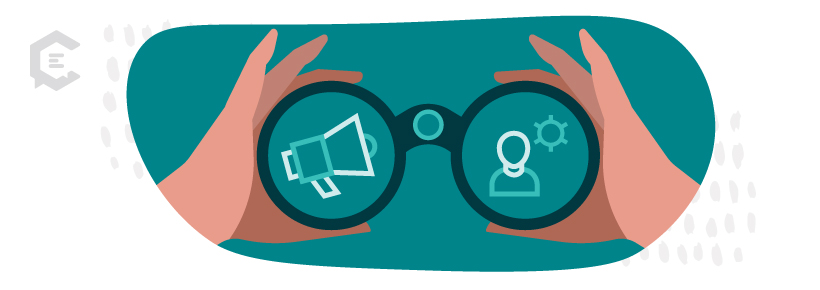How much is each new customer worth to you?
In the mobile app market, a study found that the average investment in acquiring a new, paying in-app customer is $74.68. Whether you find that steep or cheap, if you’re like many business owners, keeping customer acquisition cost (CAC) down is a stubborn challenge.
Understanding Customer Acquisition Cost (CAC)
Customer Acquisition Cost (CAC) refers to how much a business spends to recruit and convert leads into paying customers. Some of the included expenses involve marketing and advertising to attract customers, as well as the salaries of those who handle customer acquisition. CAC also includes the cost of implementing and managing software subscription systems and other infrastructure that gets your offering to your target market.
Often, CAC strategy involves a challenging balancing game: The ultimate objective is to reduce CAC while simultaneously increasing the lifetime value of each acquired customer.
Understanding CAC is integral to the profitability of a company. When CAC is high, you cut into your return on investment (ROI), which can endanger your bottom line. So it’s essential to find ways to minimize this cost without sacrificing the quality or quantity of new customers.
The Power of Content Marketing
Content marketing is the process of creating and sharing valuable, relevant content to attract and engage a targeted audience. It’s a strategic approach to building strong relationships with potential customers by offering them high-quality content that directly aligns with their interests.
The power of content marketing is multi-faceted:
- Build trust and authority, making potential customers more likely to choose your brand when they’re ready to purchase.
- Improve search engine rankings, increasing visibility and drawing more organic (unpaid) traffic to your website.
- Increase your brand’s reach exponentially when people share your content on social media or other platforms like newsletters.
But one of the most compelling reasons to use content marketing is how it can reduce CAC.
The Relationship Between Content Marketing and Customer Acquisition Costs
Content marketing serves as a magnet, drawing in prospective customers and nurturing them until they’re ready to make a purchase. Additionally, it often leads to organic reach, which can substantially lower acquisition costs.
The Role of Content in Customer Acquisition
Content is the cornerstone of any content marketing strategy because it has the power to inform, educate, entertain, and engage potential customers. Good content provides value to the reader, solving their problems, answering their questions, and meeting their needs. Because it has the potential to have a wide reach, content expands the funnel of prospective customers interacting with your business.
Cost-effectiveness of Content Marketing
Content marketing typically costs far less than traditional marketing because a single piece of content can reach a wide swath of your target audience online. For example, suppose you want 5,000 people to interact with your offering for one month.
Do you place an ad in a traditional, printed magazine or create online content?
A full-page ad in a magazine that focuses on your industry costs about $5,000. You spend another $2,000 creating the ad, bringing your total costs to $7,000. The magazine assures you that you’ll get about 5,000 sets of eyes on your ad.
The costs for content marketing breakdown like this:
- $450 to write a 500-word blog
- $12.00 per 1,000 impressions via Facebook ads
For 5,000 impressions, you end up spending five times their cost per mille (1,000) of $12, or $60. That brings your content marketing for 5,000 interactions with your offering to $450 + $60 = $510.
Obviously, this is far less than the $7,000 you’d pay with traditional advertising. But for an apples-to-apples comparison, you’d also have to figure in the cost of creating and maintaining your website, which varies depending on your site and its features. But either way, you’re paying less.
Strategies to Reduce CAC through Content Marketing
Reducing CAC through content marketing involves several key strategies, including:
Creating High-quality, Engaging Content
Creating high-quality, engaging content involves understanding your audience’s needs and providing content that’s both informative and compelling. Whether through blog posts, videos, podcasts, or infographics, your content should deliver value to your audience and position your brand as an authority in your industry.
Leveraging SEO
You can leverage SEO for organic reach by optimizing your content for search engines. In this way, your boost visibility while simultaneously pulling more traffic to your site. To meet these objectives, you can try incorporating relevant keywords and creating quality backlinks. But site usability is another important factor. You want your site to be easy to navigate, giving users enough menu options so they can access the info they need quickly.
Using Social Media and Other Distribution Channels
Social media and other distribution channels play an important role because they extend your reach, putting you in contact with more customers. In addition, using social media, you can have more personalized interactions with customers. This makes you—and your brand—more relatable and attractive to your target market.
Nurturing Leads
Nurture leads with relevant and valuable content to help guide potential customers through the buying journey. Make use of email marketing campaigns, personalized content, and regular engagement.
A lead-nurturing strategy can be more straightforward with content marketing than traditional marketing because you can glean customer contact info using gated content. You can then automate your lead-nurturing program using customer relationship management (CRM) software.
Case Study: Successful CAC Reduction through Content Marketing
While there are countless examples of companies using content marketing to reduce CAC, the Tailwind story exemplifies the simplicity and effectiveness of the strategy.
Case Study: Tailwind Uses Content Marketing to Acquire More Customers and Boost Blog Traffic
Tailwind, which makes social media marketing tools, noticed that its competitors outperformed them regarding SEO. They saw the need to increase the amount of content they published but without pushing CAC to the point of being unaffordable.
After only seven months into their partnership with ClearVoice, Tailwind saw blog traffic skyrocket to nine times what it had been before. New clients naturally followed. In fact, a single blog earned Tailwind 900 new customers.
Future Outlook: Content Marketing and Customer Acquisition
As consumers become increasingly savvy and demand more authentic, relevant, and personalized content, businesses capable of delivering this will have a considerable advantage in reducing their CAC. Advancements in technology, data analytics, and personalization will also continue to shape the future of content marketing.
Start Lowering CAC with Content Marketing Now
Content marketing is an effective, versatile tool for businesses seeking to lower their CAC. By delivering valuable, relevant content, businesses can attract, engage, and convert prospects into loyal customers, yielding higher returns and lower costs. Always remember the ultimate goal is to acquire customers and forge strong, lasting relationships. As you build and implement your content marketing strategy, keep your customers’ needs at the forefront. Doing so creates a win-win situation: delivering value to your customer while minimizing your CAC.
Connect with a team member today to see how ClearVoice can optimize your content marketing while lowering your CAC.







